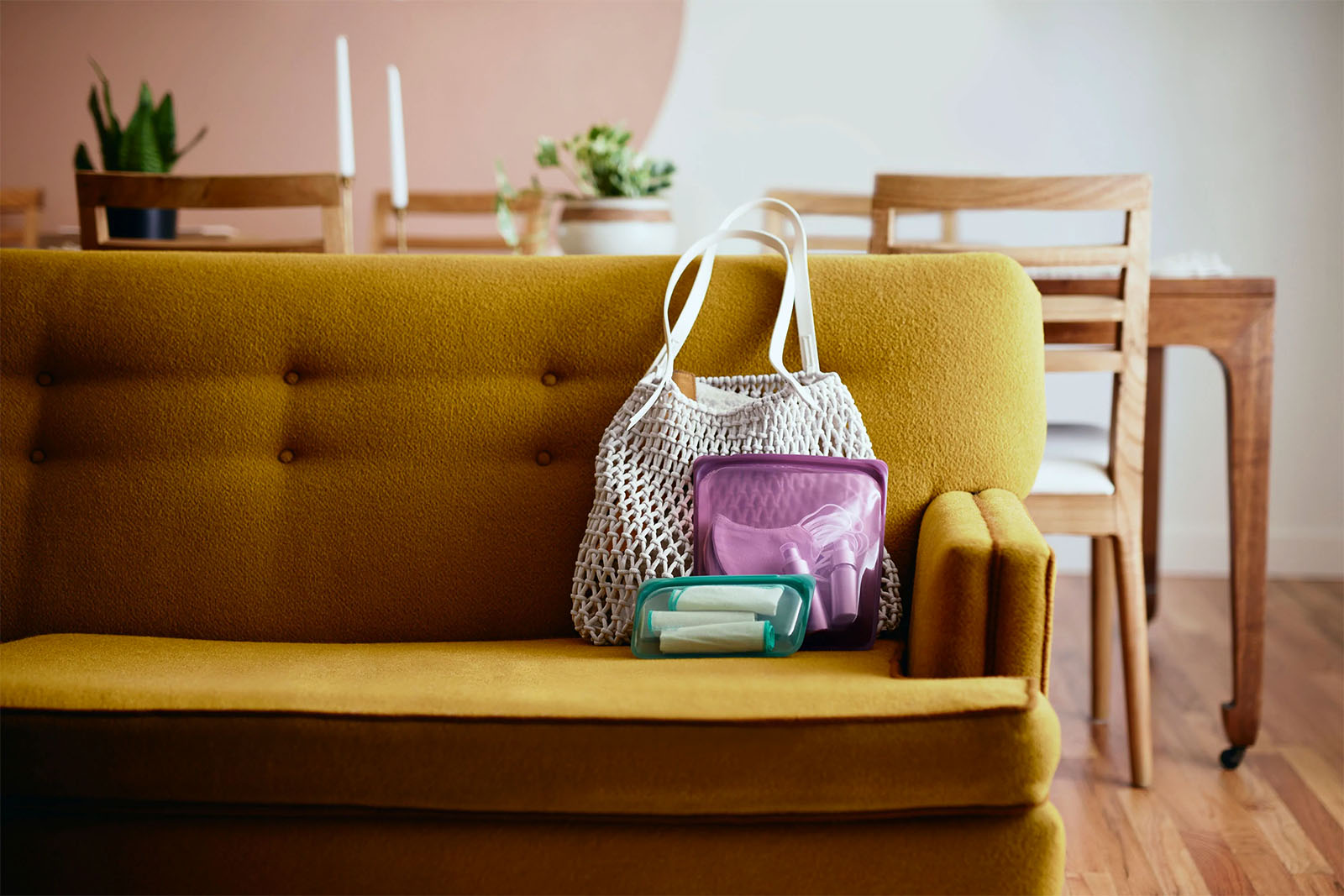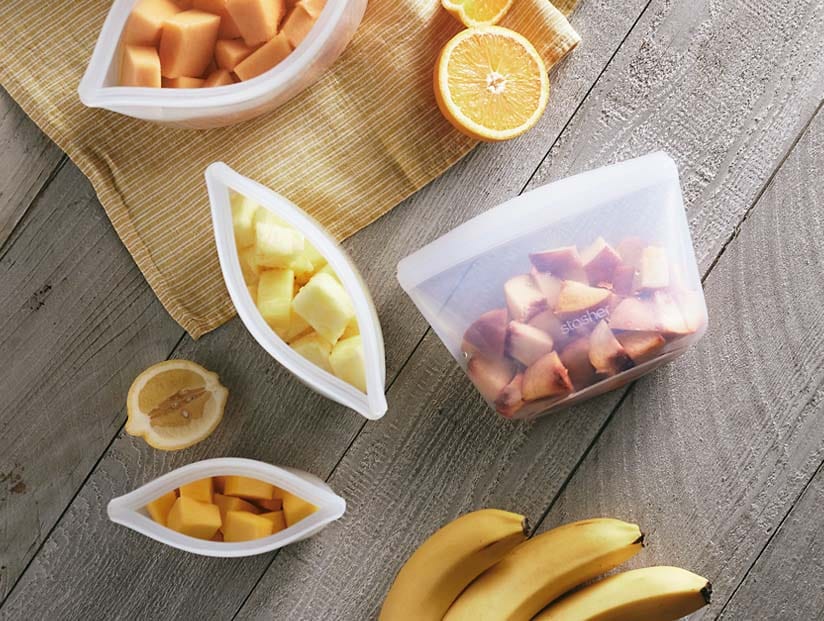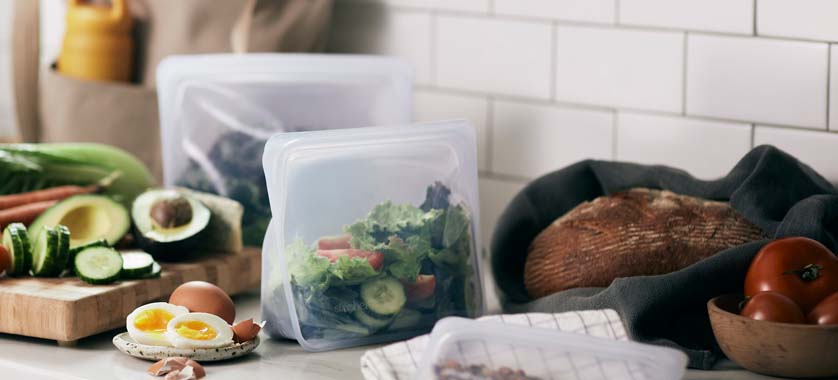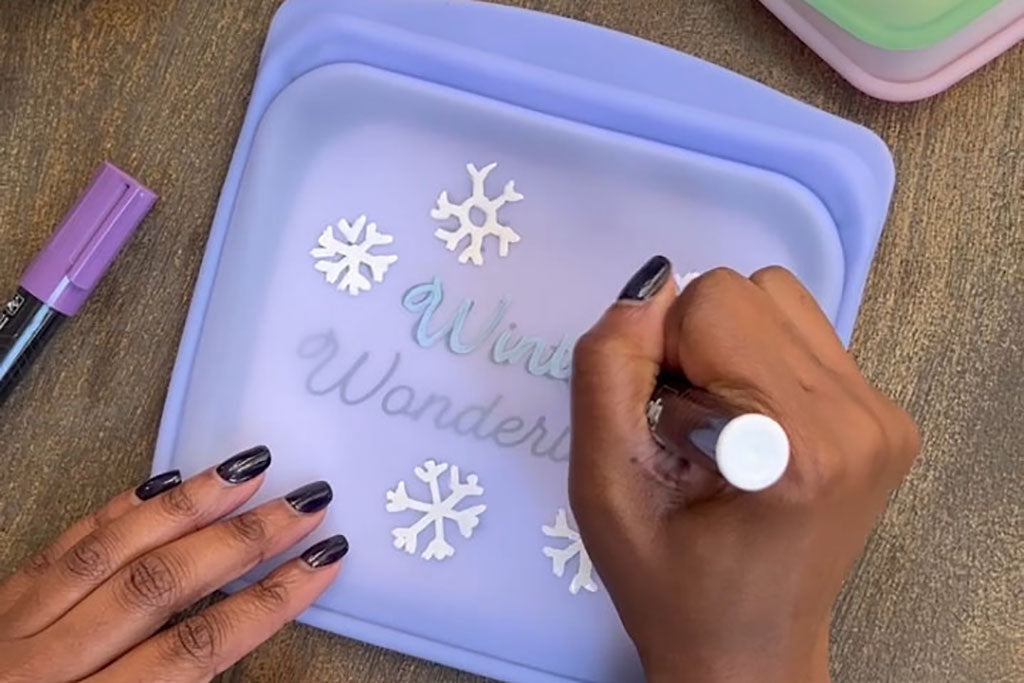
How to Detox & Organize Your Home for the New Year
With resolution season upon us, there’s no better time to make a plan for giving your home a fresh start. You likely have many goals to “declutter” your life, like making more sustainable choices, prioritizing mental health, or even eating cleaner.
Don’t forget to include your living space in your to-do list; it sets the foundation for each day and is your getaway from the world. We’ve got tips below, organized by room, on how to give it a true refresh in the new year.
In the Kitchen

Maximize space & organize
From your pantry to your freezer, there are so many places in the kitchen to revisit and organize. Especially if your kitchen is on the smaller size, it’s important to make the best use of the space you have.
Systematically go through each area of your kitchen to throw out old or expired foods and create sections for specific types. A favorite kitchen organization hack? Labeling containers so that you can clearly see what’s stored. Our Stand-Up Mid and Megabags are perfect for pantry, fridge, and freezer organization plus can be written on with non-toxic chalk markers. Learn how to write on your Stasher bags and bowls here.
Wondering how to best organize? Whether it’s food, cookware, or utensils, a good rule of thumb is to group them by type, activity, and/or size. For example, if you have measuring spoons and cups that you typically use together, toss them in a Stasher bag so they’re easy to grab all at once rather than rattling around loose in drawers.
🏆 For eco champs: When discarding food that’s no longer usable, remember to compost anything biodegradable and repurpose / recycle containers wherever possible. Also keep in mind that expiration or “use by” dates don’t always mean the food has gone bad — here’s a guide to help you learn more and minimize food waste.
Ditch the harsh chemicals
Not only is restocking your cleaning supplies expensive, but typically pretty wasteful. Rather than buy more disinfecting sprays and scrubs filled with harsh chemicals and bottled in single-use plastic, make your own!
DIY solutions are effective and, when done properly, safe. (That means only follow instructions from reputable sources!) Plus, the ingredients are cheap and readily available. Here’s an example: A great all-purpose cleaner can be made with a simple mix of vinegar and water, then scented naturally with essential oils, lemon rinds, herbs, etc.
Consider your cookware
Did you know that not all cookware is the same when it comes to the impact on our environment . . . and possibly your health? Non-stick pans and pots — aka Teflon — were once known for perfluorooctanoic acid (PFOA) exposure, which was linked to health risks. Though this chemical is no longer used to produce Teflon coating, other chemicals associated are not yet fully understood.
That doesn’t mean throw out your Teflon pans just yet, but use caution. Never heat Teflon above 500°F and when your cookware is scratched or chipped, discard it. To be on the even safer side, choose cast iron, ceramic, and stainless steel cookware instead. These materials can take a beating, last forever, and tend to heat more evenly for tastier results.
If you’re looking to reheat leftovers or do sous vide cooking, Stasher bags can take heat up to 425°F, making them a safe, durable, and dishwasher safe alternative to single-use plastic bags.
Don’t forget to donate
Have some cookware or gadgetry that hasn’t seen the light of day in, well, years? Find a local charity to give them to! And don’t just stop at cookware — if you have canned goods and non-perishables to spare, consider helping your community by donating to a food bank or homeless shelter.
In the Living Room
Scent your space naturally
Skip the synthetics in air fresheners. Tea tree, lime, and cinnamon oils are known for their disinfectant properties, and can be diffused to help cleanse your home of airborne bacteria. You can also use clove oil rather than bleach to get rid of mold! (Just remember that mold can be dangerous, so if you suspect you have a problem, contact a professional.)
If you love candles, opt for clean-burning beeswax candles with natural scents.
Let things grow
House plants aren’t just beautiful, they can help clean the air inside your home. A NASA study recommends the following plants for their efficiency in eliminating toxins and pollutants: Garden Mum, Spider Plant, Dracaena, Ficus/Weeping Fig, Peace Lily, Boston Fern, Snake Plant, Bamboo Palm, and Aloe Vera. Keep in mind your furry friends, as some house plants are toxic to cats and dogs.
Kick off your shoes
Leave the outside outside, and keep your shoes on a rug by the door. We also recommend using a HEPA filter when you vacuum and to vacuum/dust often. A recent study from the Yale School of Public Health found that household dust contains compounds linked to numerous health conditions, such as thyroid disorders, kidney and liver damage, and delayed development in young children.
In the Bedroom
Air out bedding
When it comes to your bed, quality is paramount for a good night’s rest. Why not let your bed do good for the environment, too? If you’re looking to replace your mattress or bedding, look for eco-friendly alternatives like linen or organic cotton. Though fabric can be hard to properly recycle, it’s easy to repurpose old sheets and blankets or donate them to charity.
Don’t forget to make your cleaning supplies green. Homemade laundry detergent is simple, effective, and saves your wallet, plus, you can choose natural alternatives to the harsh chemicals in fabric freshener.
Clean out your closets
Speaking of natural alternatives, many store-bought mothballs or bug repellents for the closet contain potentially toxic chemicals – even pesticides! Instead, air things out and keep bugs at bay with cedar chips or bags of dried lavender.
Turn down the lights
Being eco-conscious isn’t just about the materials we use, but also about how much energy we consume. Reduce your energy footprint (along with your energy bill) by swapping those incandescent bulbs for LED bulbs that use 70-80% less energy.
In the Bathroom

Declutter cosmetics
No matter how tightly we screw on those lids, explosions and spills happen. We love the Stand-Up Mid for keeping things leak-free and for grouping types of products by color to keep the bathroom cabinet tidy. Especially when it comes to skincare (which we all seem to have more and more of these days!), keep these tips in mind for organizing.
Keep products clean
When you’re shopping for beauty products, shampoo, body soap, lotion, or toothpaste, look for a short, simple ingredient list. In fact, we’ve got a guide for making your beauty routine better for you (and the planet).
Try to avoid too many chemicals, parabens, fragrances, and sulfates. Though don’t let fear keep you from treating your skin right, as it’s your largest organ. Remember to always wear sunscreen and avoid chemicals like oxybenzone; instead, try mineral sunscreens or a mix of sunscreen and other UV protection (like hats, visors, and long sleeves). When in doubt, look to the Environmental Working Group (EWG) for recommendations on personal care products.







